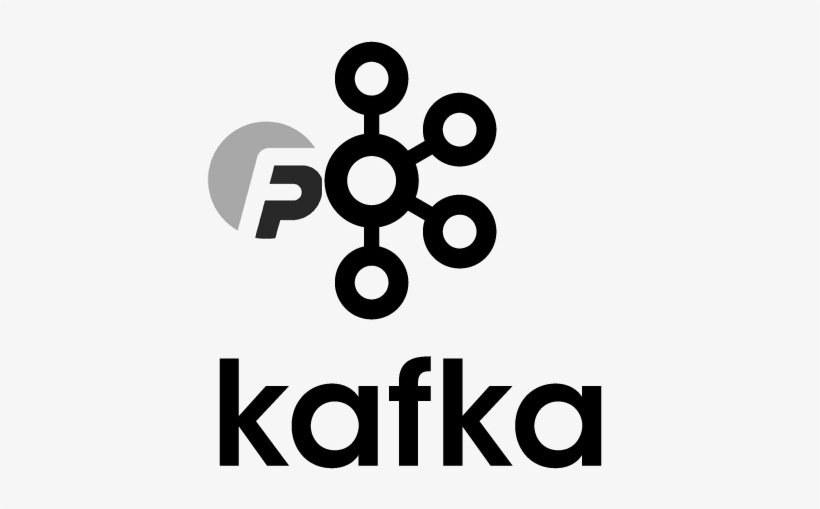Introduction
Distributed systems are an indispensable part of modern computing. In the big data ecosystem, Apache Kafka has emerged as a leading distributed event streaming platform, capable of handling trillions of events daily. To achieve this, Kafka heavily relies on its clustering capabilities. In this blog post, we’ll dive into the heart of Kafka’s distributed nature – Kafka clusters. We’ll explore what they are, how they function, and the practical considerations of managing a Kafka cluster.
Part 1: Understanding Kafka Cluster Architecture
A Kafka cluster consists of one or more servers (Kafka brokers), which are running Kafka. Clients connect to these servers and produce or consume data.
1. Starting a Kafka Cluster
To start a Kafka broker, we use a simple command-line utility provided with Kafka:
kafka-server-start.sh $KAFKA_HOME/config/server.propertiesThis command launches a Kafka broker with properties defined in the server.properties file.
2. Kafka Broker Configuration
Kafka brokers are highly configurable. Here’s an example of configuring the number of partitions in the server.properties file:
num.partitions=3This configuration specifies the default number of log partitions per topic.
3. Kafka Multi-Broker Setup
In a production environment, Kafka is typically set up with multiple brokers for fault tolerance. Here’s how we launch a second broker:
kafka-server-start.sh $Kafka_HOME/config/server-2.propertiesWe use a different configuration file (server-2.properties) to specify the unique broker id, log directory, and port.
Part 2: Topics, Partitions, and Replicas in Kafka Cluster
Kafka brokers store topics, and topics are split into partitions for better data management.
4. Creating a Topic in Kafka Cluster
We use the kafka-topics.sh utility to create topics:
kafka-topics.sh --create --topic my_topic --bootstrap-server localhost:9092 --partitions 3 --replication-factor 2This command creates a topic named my_topic with 3 partitions and a replication factor of 2.
5. Understanding Replication in Kafka Cluster
Replication in Kafka ensures the high availability of data. If we set the replication factor to n, Kafka will keep n copies of data. Here’s a representation of Kafka topic replication:
Topic: my_topic Partition: 0 Leader: 1 Replicas: 1,2 Isr: 1,2
Topic: my_topic Partition: 1 Leader: 2 Replicas: 2,3 Isr: 2,3
Topic: my_topic Partition: 2 Leader: 3 Replicas: 3,1 Isr: 3,1This indicates that my_topic has three partitions with leaders on different brokers, and each partition has two replicas.
6. Modifying Topic Configuration
We can modify the configuration of a topic, such as changing the number of partitions:
kafka-topics.sh --alter --topic my_topic --bootstrap-server localhost:9092 --partitions 6This command increases the number of partitions for my_topic to 6.
Part 3: Cluster Management in Kafka
Kafka offers several command-line utilities for cluster management.
7. Listing Topics in Kafka Cluster
We can list all topics in the cluster:
kafka-topics.sh --list --bootstrap-server localhost:90928. Describing Topic Details
To view details about a topic:
kafka-topics.sh --describe --topic my_topic --bootstrap-server localhost:90929. Checking Broker Information
We can get broker information from the ZooKeeper shell:
zookeeper-shell.sh localhost:2181 ls /brokers/ids10. Checking Consumer Group Information
To see information about a consumer group:
kafka-consumer-groups.sh --bootstrap-server localhost:9092 --describe --group my_groupConclusion
Apache Kafka’s distributed processing power relies heavily on the effective functioning of its clusters. Understanding the Kafka cluster architecture, along with how topics, partitions, and replicas operate within it, is crucial for anyone working with Kafka. Mastering the cluster management commands will make you more proficient in handling Kafka in a real-world setting.
Through the course of this blog post, we’ve taken a journey right to the heart of Kafka’s distributed processing – its cluster system. Remember, when it comes to distributed processing with Kafka, it’s all about coordinating the symphony of brokers, topics, and partitions within the cluster to create harmonious data streams.
In the end, understanding Kafka is like unraveling a complex mechanism, where every piece has a role, and every movement counts towards the system’s efficiency. Embrace the journey and keep learning. Happy streaming!












